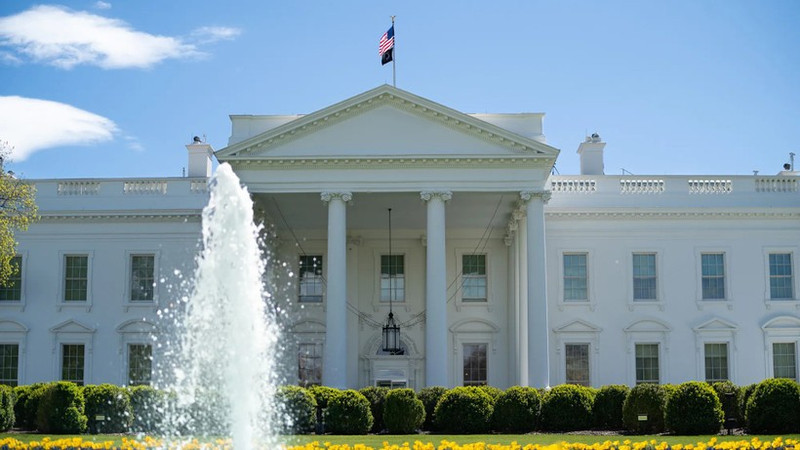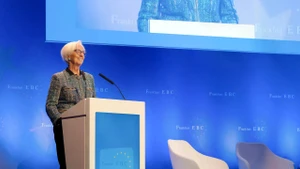Deep divisions mean both sides in Congress require further concessions to agree on a solution to “reopen” the US government amid growing pressure from domestic voters.
On October 9, the US Senate once again rejected the Republican bill intended to keep the government operating until November 21. Receiving only 54 votes in favour and 45 against—short of the 60 needed—the Republican proposal failed for the seventh time in the Senate.
As in previous votes, three Democratic senators supported the Republicans, while one Republican senator opposed their own party’s bill. Meanwhile, the Democrats’ spending bill also failed to pass the Senate.
The US government began its “shutdown” on October 1, as the two parties in Congress could not agree on releasing a new budget.
Over the past 50 years, the US has experienced more than 20 federal government shutdowns. The longest lasted 35 days from December 2018 to January 2019, during President Donald Trump’s first term, caused by deadlock over funding for the border wall between the US and Mexico.
Over the past 50 years, the US has experienced more than 20 federal government shutdowns.
This time, the dividing issue between Republicans and Democrats is healthcare policy. While Republicans seek to pass a temporary bill to maintain spending levels until November 21, Democrats insist that any bill must include additional healthcare protections.
Specifically, the Democratic Party demands that Republicans extend subsidies under the Affordable Care Act—the healthcare insurance system enacted during President Barack Obama’s tenure.
Democratic lawmakers are also pushing to reverse cuts to a healthcare programme for low-income individuals. Republicans reject these demands, citing an improperly allocated budget that includes provisions for undocumented immigrants.
Since the budget laws expired on the morning of October 1, hundreds of thousands of federal workers have been furloughed without pay, while many others continue working without wages.
Many federal agencies have nearly ceased operations, although national security and law enforcement functions continue.
The Democratic and Republican parties “firmly maintain their positions,” causing successive spending proposals to fail votes. Both sides openly blame each other for the current government “shutdown.”
“Passing the budget” is one way the Democratic Party may seek to counter President Trump’s political consolidation efforts. However, Trump appears to “welcome” the shutdown as an opportunity to continue downsizing the federal government. He has even announced plans to use the shutdown to permanently eliminate some programmes favoured by the Democrats.
The government “shutdown” continues to have increasingly severe consequences for US society. The White House has announced significant federal employee layoffs, citing the need to ensure funding for essential services. Democrats have immediately opposed these moves. Large unions have also reacted, describing them as “an abuse of power” and warning of legal actions.
It remains unclear how long the US government shutdown will last. Ending it requires concessions from lawmakers on both sides.
Holding a slim majority in the Senate, Republicans need Democratic support to pass budget bills. While Democrats remain determined to achieve their healthcare policy goals, they are also under intense voter pressure to end the current deadlock.
















